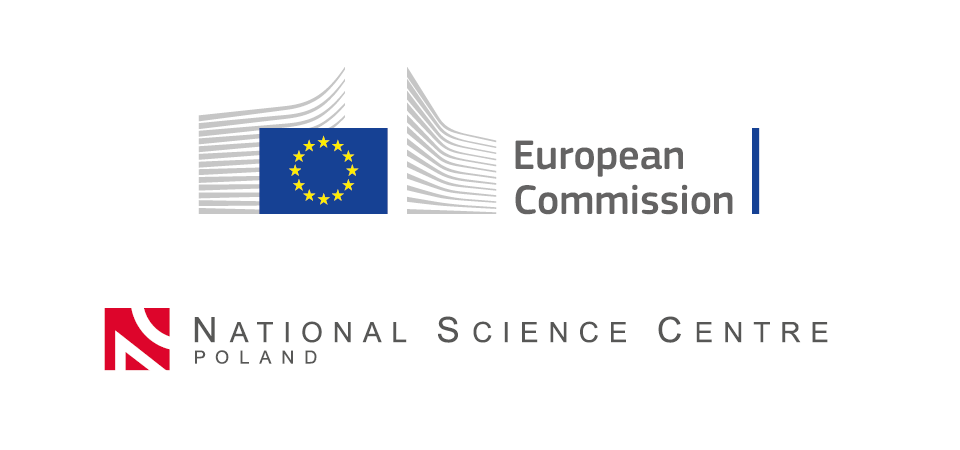
Tytuł projektu: Late Pleniglacial environmental changes and hunter-gatherer societies in the Western Carpathians.
Fellow: dr György Lengyel
This project has received funding from the European Union' s Horizon 2020 research and innovation programme under the Marie Skłodowska-Curie grant agreement No 665778. NCN agreement No. UMO-2016/23/P/HS3/04034.
Among the many possible interpretative methods, understanding the archaeological record through the lens of dynamic glacial environmental changes can be among the most dependable. Among the most studied periods in Palaeolithic archaeology is the Last Glacial Maximum (LGM) some 24,000 years ago which brought the coldest environment to the Western Carpathians of the last 120,000 years.
AKTUALNOŚCI